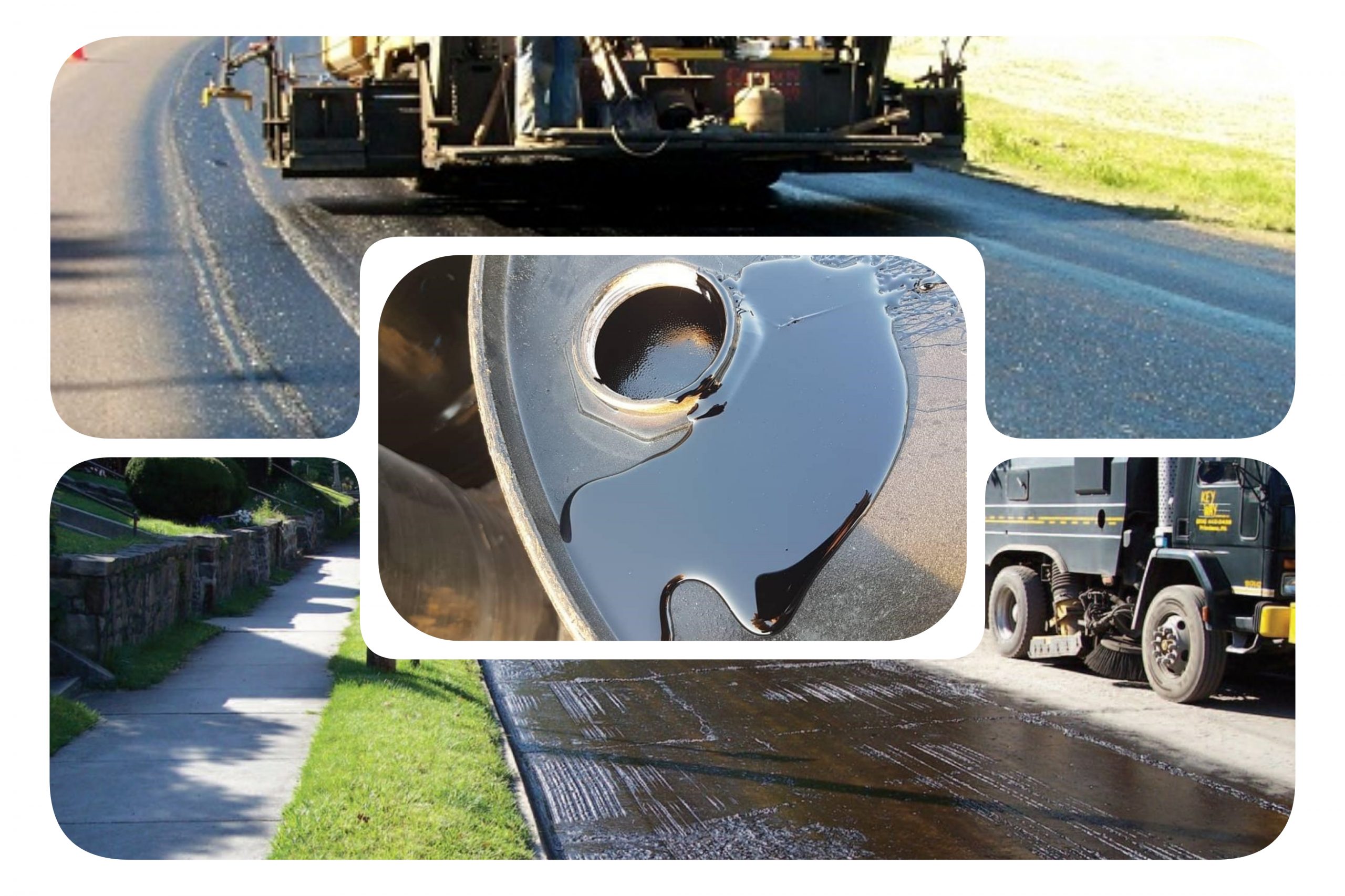
Introduction
The usage of Cutback Bitumen in Prime and Tack Coat ensures strong adhesion and enhances the durability of road construction layers. Road construction is a complicated process that requires accuracy, high-quality materials, and the involvement of the latest technologies.
From the long list of required materials, bitumen is considered the key material for constructing durable and long-lasting road infrastructure. Bitumen, in general parlance, is referred to as asphalt or tar; it acts as an adhesive to hold aggregates together to form asphalt concrete, which is used for road construction.
One of the variants, Cutback Bitumen, has been able to carve a niche in certain specialized applications like Prime Coat and Tack Coat. But what is so different with this type of bitumen?
Cutback Bitumen is produced by blending conventional bitumen with volatile solvents like kerosene or naphtha. In such a case, it yields a material of lower viscosity which could be more manageable in cooler climates where conventional bitumen may become too thick to be managed properly. During evaporation of the solvents, the bitumen reverts back to its normal self and thus reinstates the life and structural strength of the road.
Prime Coat (Roadbed preparation)
The most important application of Cutback Bitumen is in the process of Prime Coat. It acts as a preparatory layer on granular or uncoated gravel bases upon which the asphalt layer is laid. Its main purpose is to enhance adhesion, sealing the base from moisture, and making a strong bond between the base and the asphalt overlay.
Prime coat is directly applied on the base course of the flexible pavement in road construction. All three types of cutback bitumen including SC, MC and RC can be used in this layer.
The grades of cutback bitumen that can be used in the prime coat layer are MC30, SC70, MC70, RC 70, SC250, MC250, RC250.
Prime coat objectives:
- Increase adhesion: Prime coat creates a stronger bond between the substrate and the asphalt layer.
- Reduce water penetration: By penetrating the bitumen into the substrate, the underlying surface is protected against water and moisture penetration.
- Dust control: Prime coat binds fine surface particles together and prevents dust formation.
Tack Coat (Asphalt layer bonding)
The Tack Coat also plays a crucial role in the road construction process. In contrast to the Prime Coat, it is applied between the asphalt layers for bonding them firmly together and avoiding their delamination under traffic loads.
Its bottom asphalt layer is binder course which consists of bitumen penetration grade or viscosity bitumen and aggregates and the top asphalt layer is the surface asphalt layer.
It is recommended to use bitumen emulsion in tack coat but MC grade of cut back bitumen is usually used in this layer.
Tack coat objectives:
- Create cohesion between layers: Tack coat helps the existing asphalt layer adhere well to the new layer.=
- Prevent skidding: This layer prevents layers from separating or moving due to pressure and traffic loads.
- Improve road performance: By creating a unified structure, the durability and lifespan of the road is increased.
Although their functions all revolve around bonding, they are at different steps in construction and thus require different methods of application and materials.
However, there are also environmental considerations for Cutback Bitumen. Its ease of application, especially in unfavorable weather conditions, needs to be weighed against the possible ecological impact of the evaporation of solvent. This calls for responsible practices by suppliers and contractors to minimize harm to the environment.
Conclusion
The use of cutback bitumen in prime coat and top coat applications plays an important role in improving the quality and durability of roads. This material is an ideal choice for road construction projects due to its ease of application, strong adhesion, and performance in a variety of conditions. However, it is essential to pay attention to safety and environmental considerations when using cutback bitumen, as its solvents can have negative impacts on the environment. By adhering to technical principles and best practices, cutback bitumen can significantly contribute to increasing the lifespan and quality of roads. The usage of Cutback Bitumen in Prime and Tack Coat plays a pivotal role in creating a cohesive bond between layers, improving load distribution, and extending the lifespan of road infrastructure.

